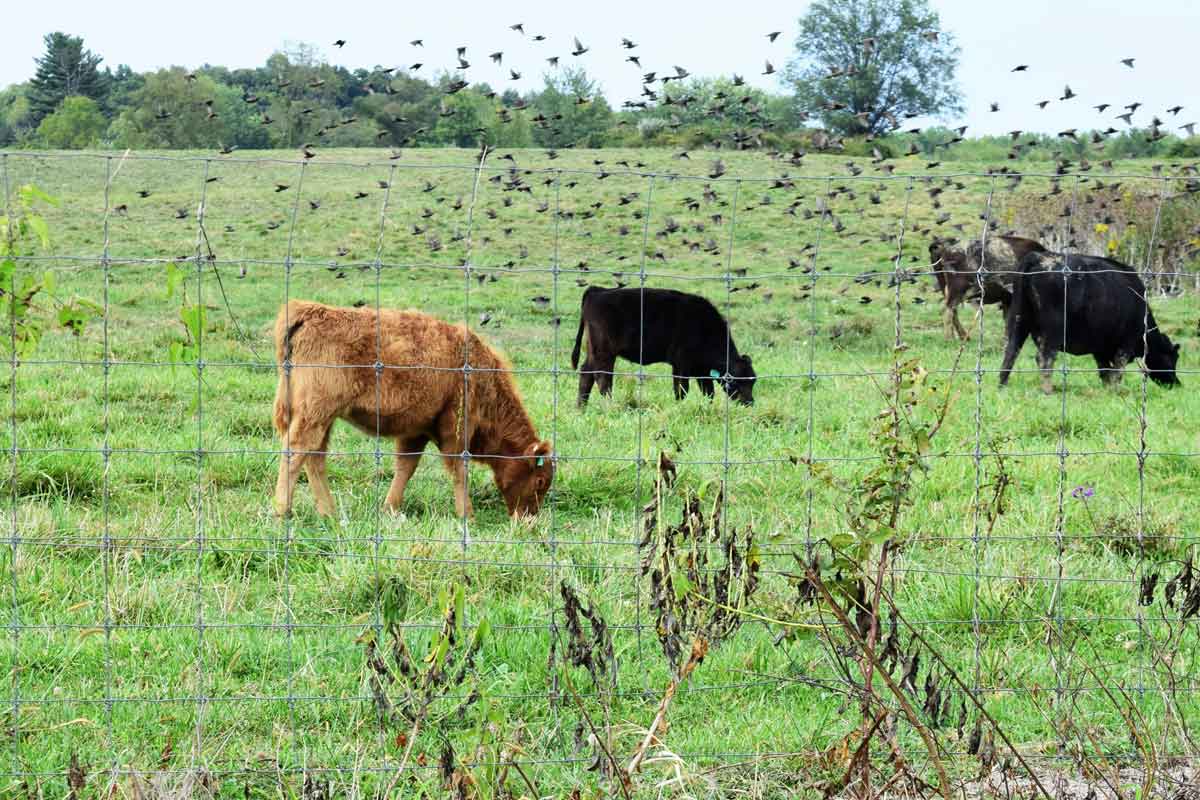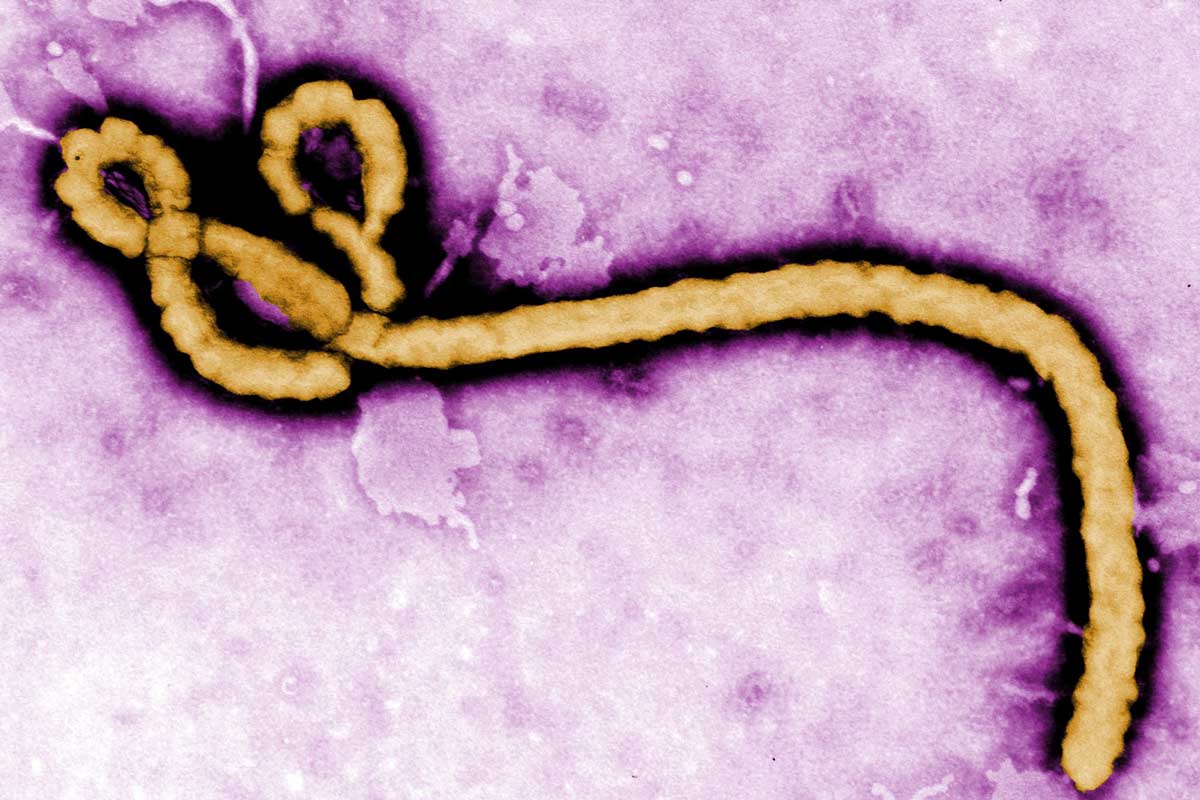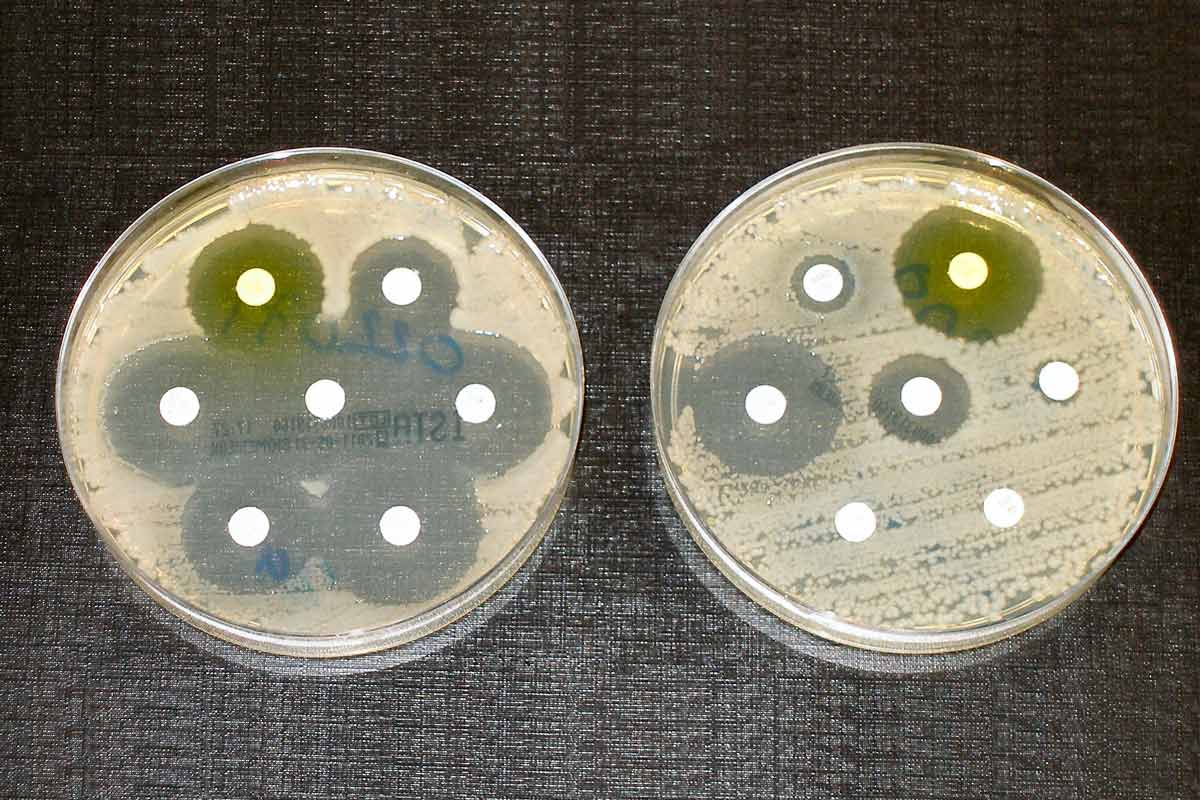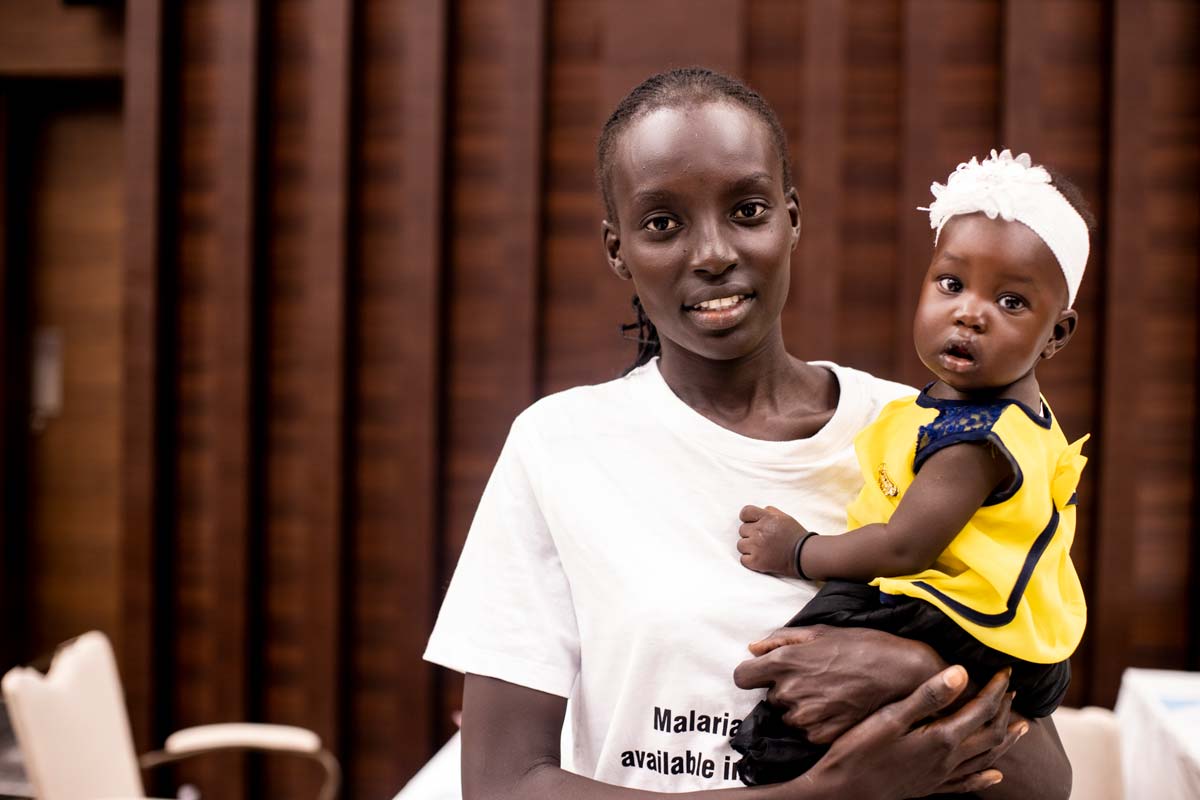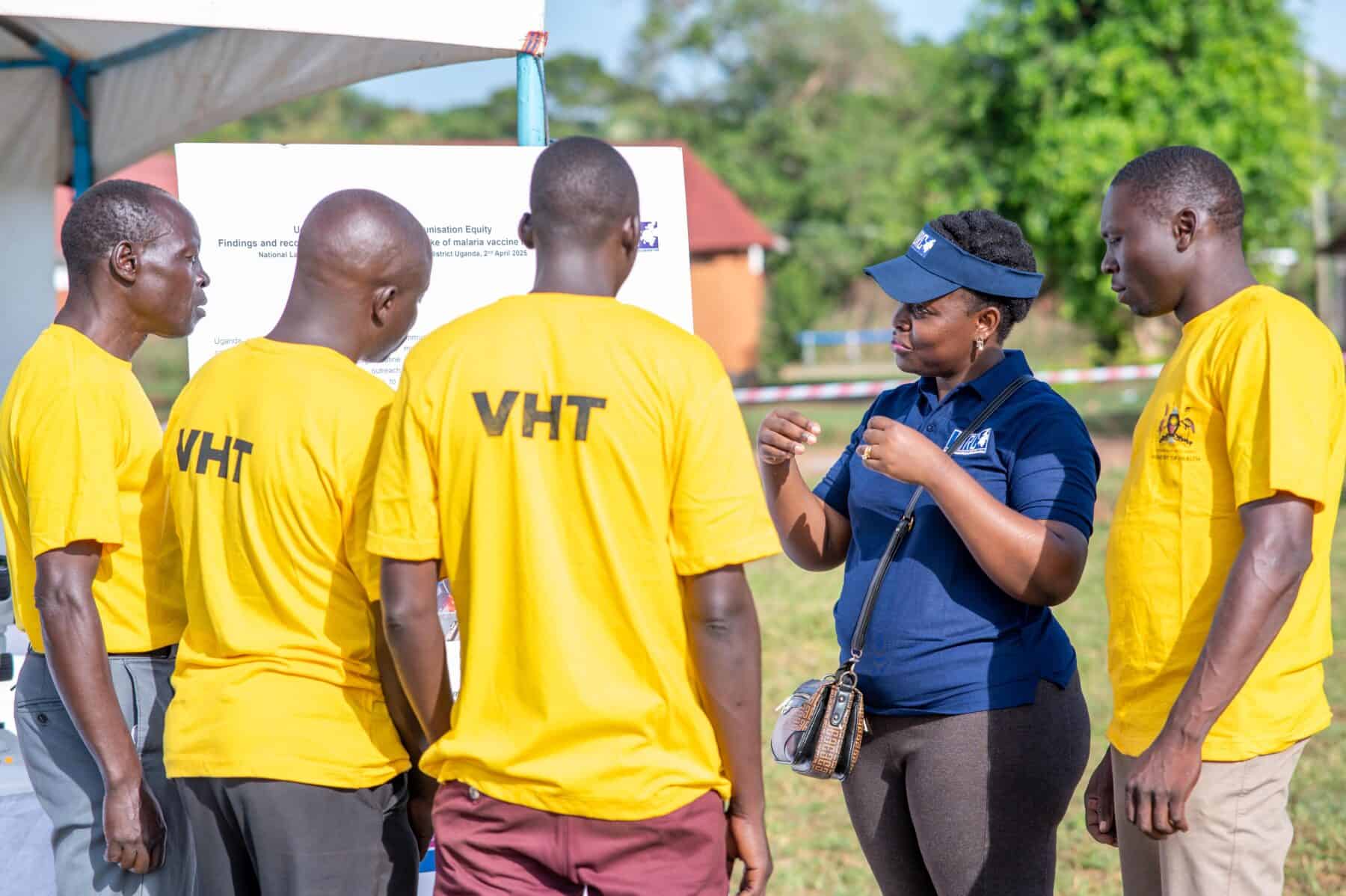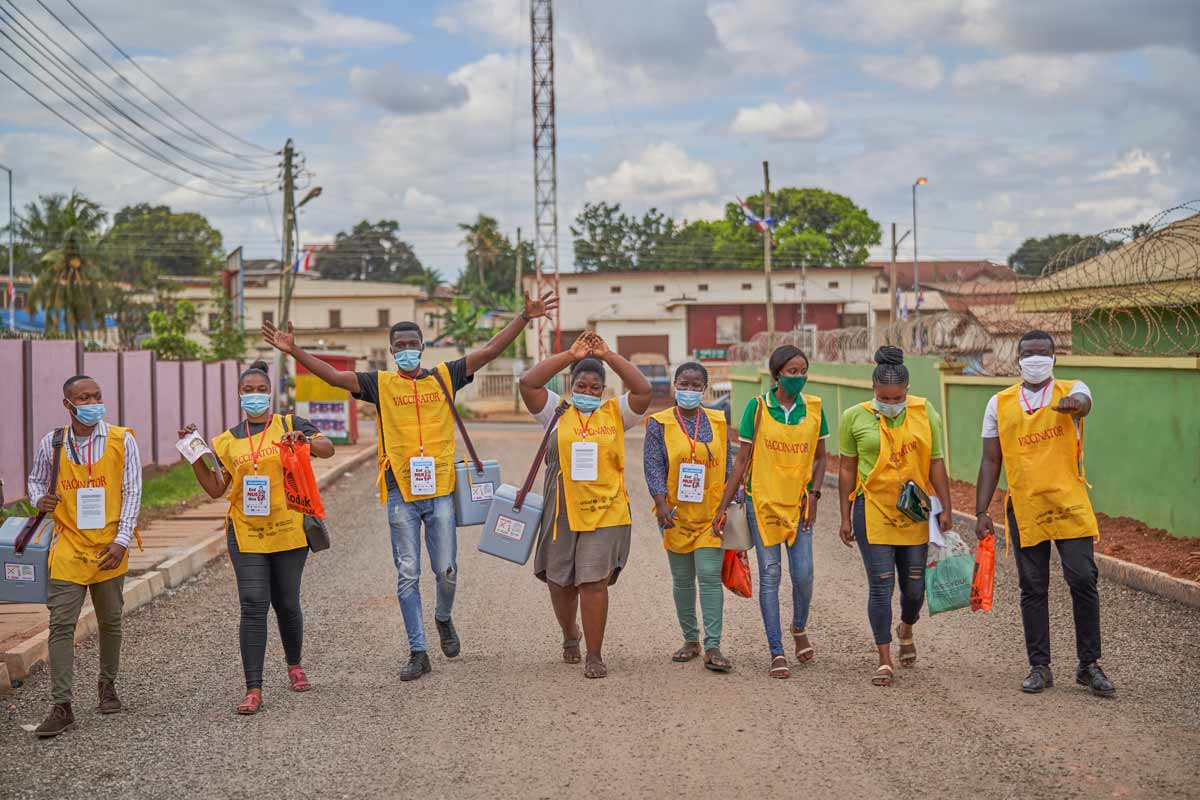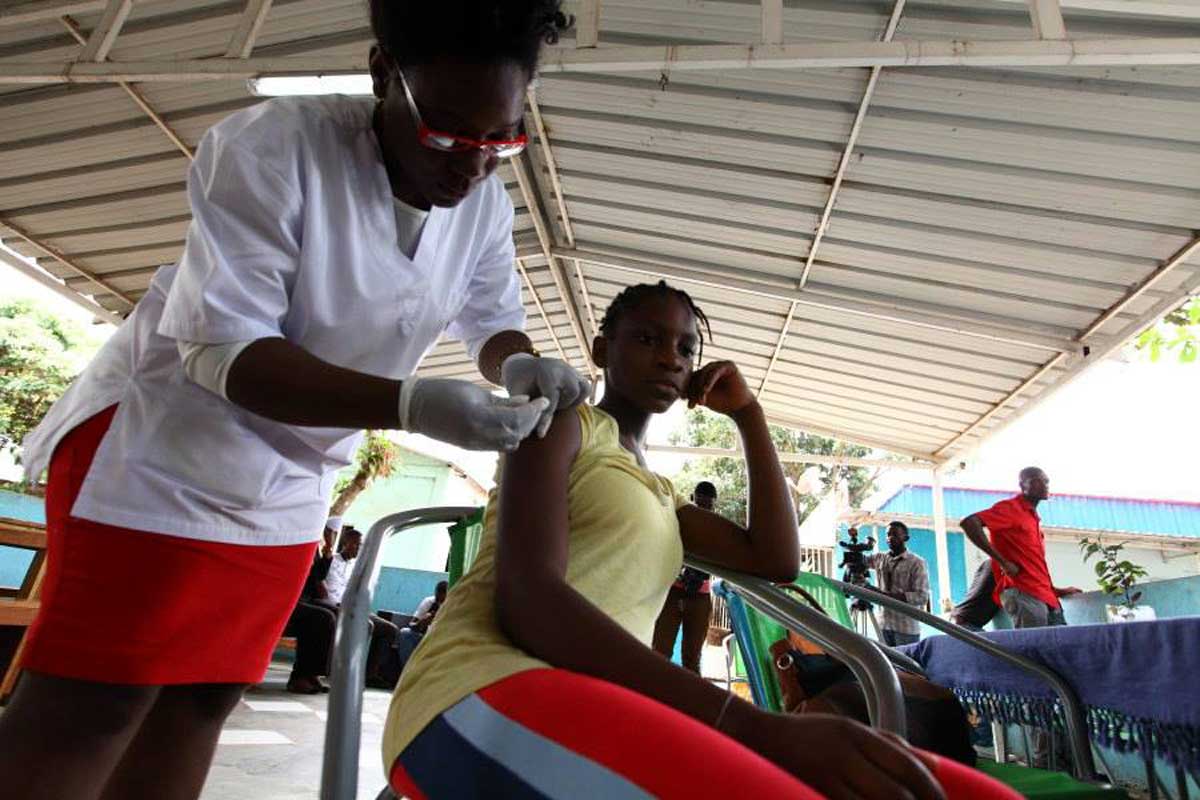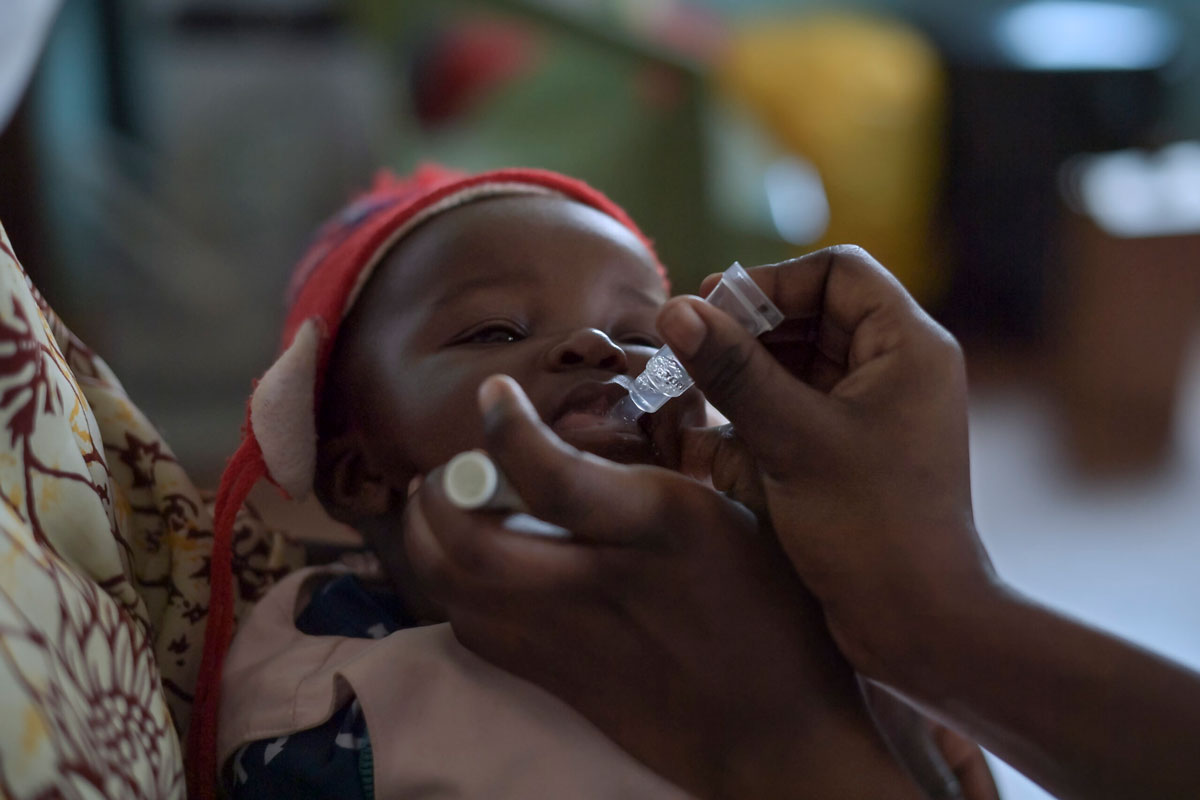Could we eradicate measles?
Ridding the world of measles is possible but a global target could help to galvanise efforts, says the chair of PAHO’s Regional Verification Commission for Measles and Rubella Elimination.
- 5 November 2024
- 6 min read
- by Linda Geddes
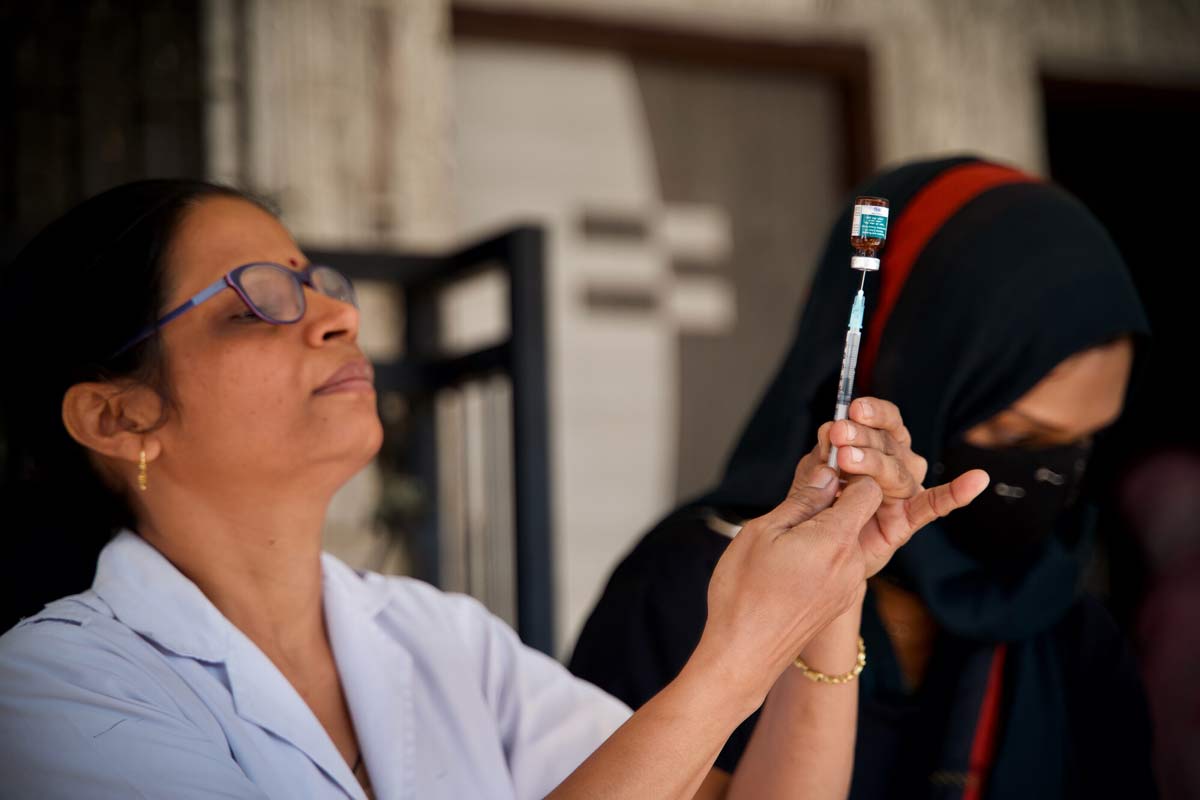
It’s not the sights or smells of Mchinji District Hospital in Malawi that are seared into Dr Jon Kim Andrus’s memories, but the sounds of women grieving. During the mid-1980s, the measles ward he supervised overflowed with children at the start of each annual measles season. With two or three kids assigned to each bed, and their families packing the hallways and space beneath the beds, the noise was overwhelming: “Mothers mourned the daily death toll, wailing terribly,” Andrus says.
Returning to the same hospital 15 years later, after Malawi had conducted a nationwide measles catch-up vaccination campaign, Andrus became convinced that measles could be eliminated – even in some of the worst affected countries in the world.
“On revisiting during the typical measles season, the ward had been shut down,” Andrus says. “No more admissions, no more deaths, no more suffering from this dreaded disease. The results were nothing short of phenomenal.”
No vaccine has been more effective at reducing the burden of disease and preventing child deaths than measles-containing vaccines. Between 2000 and 2022, these interventions prevented an estimated 57 million deaths globally and, as of 2023, 84 countries and areas were verified to have sustained elimination of measles. Yet, without ongoing high vaccination coverage, the disease swiftly resurges.
“Measles, rubella and congenital rubella syndrome eradication should not remain just a technically feasible possibility, but rather be completed to ensure that future generations of children do not live under the shadow of preventable childhood death and lifelong disability.”
- Regional Measles and Rubella Verification Commission
Now serving as chair of the Pan American Health Organization’s (PAHO’s) Regional Verification Commission for Measles and Rubella Elimination, Andrus remains convinced that measles elimination, and even eradication, is achievable. Yet, without a renewed global commitment to doing so, he worries that the past two decades of remarkable progress against the disease are at risk.
Writing in a special issue of the journal Vaccines in July, he and the chairs of the other five Regional Measles and Rubella Verification Commission called for a global eradication goal and commitment by the World Health Assembly to achieve this.
“The rule of rescue demands that if we have effective tools, we should make every effort to save lives,” they said. “Measles, rubella and congenital rubella syndrome eradication should not remain just a technically feasible possibility, but rather be completed to ensure that future generations of children do not live under the shadow of preventable childhood death and lifelong disability.”
Measles no more
To date, only one human disease – smallpox – has been successfully eradicated, meaning there are no more infections, even without ongoing intervention measures.
Various other diseases are being targeted for elimination – meaning a reduction to zero cases in specific geographical areas through deliberate and sustained efforts, including ongoing vaccination.
Given the existence of an extremely effective vaccine, and the fact that measles only infects humans and not animals, many experts believe that measles eradication is biologically feasible. However, with large and disruptive outbreaks continuing to affect many countries, elimination may be a more realistic short-term goal.
Even so, while all six WHO regions have committed to eliminating measles – and many individual countries have accomplished this – no region has yet managed to sustain measles elimination.
One issue is that elimination targets differ between regions. “They are not as aligned as we would like to see with such a transmissible virus – probably the most infectious virus on the planet,” says Andrus.
“For instance, the South-East Asia region just adjusted its target for measles and rubella elimination to 2026, but if another region’s is 2028, even that small difference can lead to some countries lagging and serving as reservoirs of infection that could reseed areas that have achieved their targets.”
To date, only one region has achieved measles elimination: the Americas. However, this success was recently threatened by an outbreak of measles in Brazil and Venezuela that lasted for longer than 12 months and was caused by an infection imported from abroad.
Fortunately, both countries now appear to have interrupted transmission, and last year, Venezuela applied for and was successfully granted measles-free reverification status by the PAHO regional commission. Brazil is currently in the process of applying for this status. If granted, the Americas will once again be totally free of endemic measles virus transmission.
“As we have seen with these two examples, almost all countries really struggle to sustain their achievements when the virus is circulating elsewhere in the world,” says Andrus.
“Rather than relying on reactive campaigns, the essential immunisation programme should be in the driving seat,” says Andrus. “If we continue to recognise that immunisation is the backbone of primary care, and enhance and build it up over time, we shouldn’t have drops in coverage that lead to outbreaks of measles and other diseases.”
- Jon Kim Andrus, Professor of Global Health at The George Washington University in Washington DC
Some countries have also experienced a backslide in their immunisation coverage in recent years, including immunisation against measles. Globally, only 81% of children received their first dose of measles-containing vaccine in 2021 – the lowest coverage since 2008.
This increased to 83% in 2022 and 2023, but it is still well short of the 95% coverage with two doses needed to prevent outbreaks, avoid unnecessary deaths and achieve elimination goals.
Have you read?
Global target
Andrus and his colleagues believe that the setting of a global target for measles eradication would not only help reinvigorate efforts to control this disease, but could help revitalise the (EPI) – a WHO-led initiative that aims to protect people against 13 potentially fatal diseases through strengthening the supply and delivery of vaccines and ensuring universal access to them.
“Rather than relying on reactive campaigns, the essential immunisation programme should be in the driving seat,” says Andrus. “If we continue to recognise that immunisation is the backbone of primary care, and enhance and build it up over time, we shouldn’t have drops in coverage that lead to outbreaks of measles and other diseases.”
Achieving this will require countries and organisations to invest in health system strengthening, so it is important that finance ministers appreciate the return on investment, Andrus and his colleagues say: an analysis of data from 73 low- and middle-income countries has suggested that for every US$ 1 invested in delivering the measles vaccine, US$ 58 would be saved in future health care costs.
Greater coordination across countries and regions will also be necessary, they add. “Coordinated campaigns and surveillance efforts will foster collaboration between countries and achieve more than individual countries working in isolation could ever achieve alone.”
They believe that synchronising efforts towards a common global target would help stop transmission much quicker, also leading to fewer deaths and a quicker, larger return on investment. A global target would be win-win for everyone, they say.
For Andrus, who is still haunted by his experiences in that measles ward in Malawi, ridding the world of this disease is a moral imperative. “The measles antigen in current use averts more deaths than any other antigen, and a combined measles–rubella vaccine could also eliminate the leading cause of congenital birth defects due to infectious disease,” he says.
“How can we not eliminate a disease so devastating and yet known to be preventable using existing strategies?”

